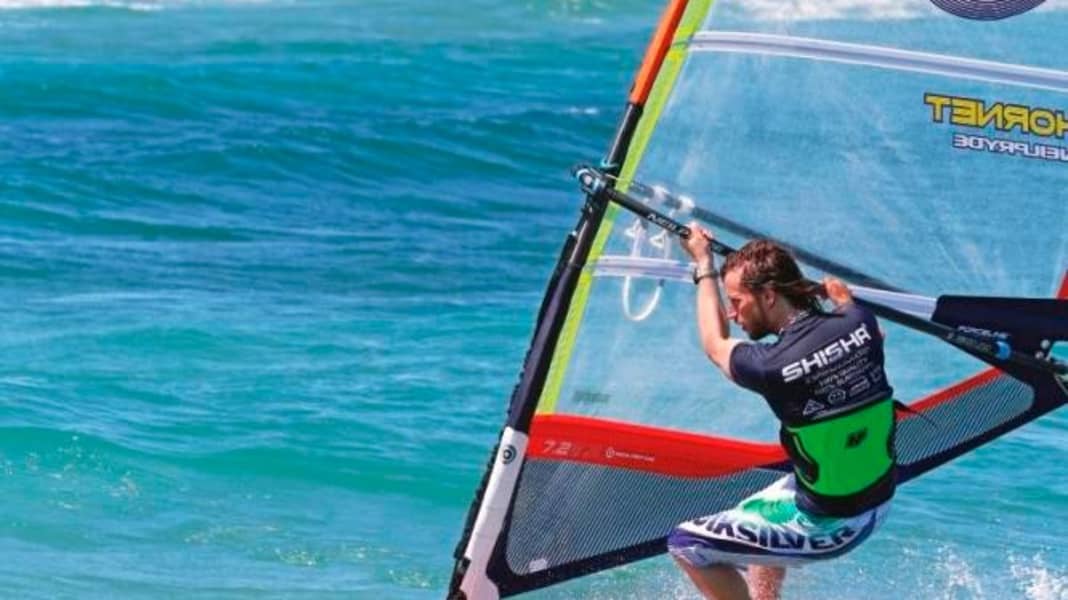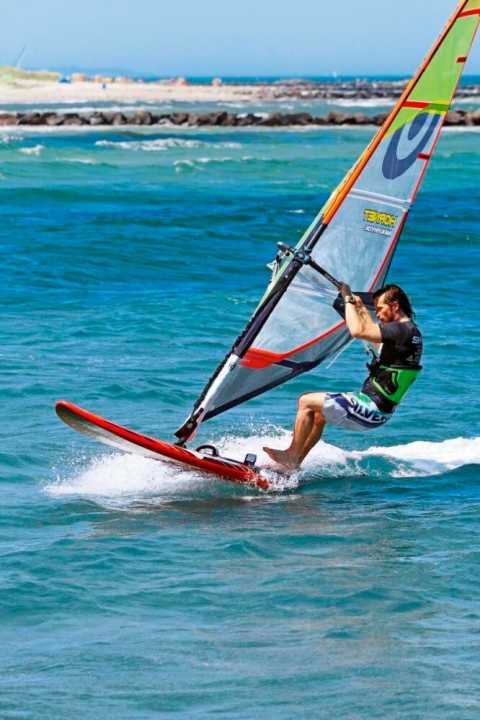

Disappointment always sets in among surfers who, after years, part with their old, classic freeride board and switch to one of the new, highly praised and short boards. The new trend is advertised as "easy to ride, controllable and fast" and suddenly you can't even get into planing because the board always turns into the wind when you switch to the straps. Why is that? The fact is that the advantages of short and wide boards, such as better control, planing on the cross and stability in manoeuvres, actually have to be acquired through a slightly different planing technique. Because the shorter shapes - current freeride boards are around 20 centimetres shorter than they were in 2005 - react more sensitively to load errors around the rocker axis, the moment when you switch into the strap is a crucial point. You can counteract this with the right technique, but also with the right material settings.
Read the attached PDF to find out how to optimise your equipment for gliding, which riding technique is crucial and why you need a third leg to overcome the glide threshold.
The download is free, after a one-time registration you can download this and other riding technique articles.
